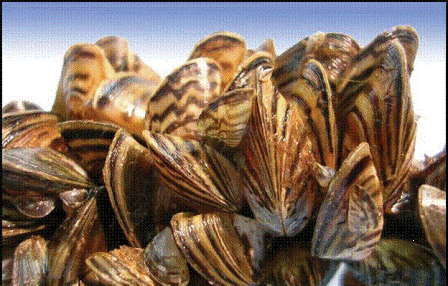
NPS Integrated Pest Management The process begins with identifying the pest situation, and proceeds to understanding the significance of the resource or artifact and how best to deal with the situation. Possibly the situation can be altered so pests are not attracted in the first place. Valuable artifacts should be sufficiently protected so that damage does not occur. Just treating the damage is often not good enough to protect the resources. Situation Dependent A mouse in a museum could gnaw on valuable artifacts and be a pest, but right outside be just a part of the natural environment. A rattlesnake by the front door to a school in the park is going to find a quick ride out to the backcountry. Some types of weeds might be handled by pulling the entire plant out including the roots, by spraying herbicides, or by introducing a biological control agent that eats and eventually destroys the undesirable plant species. The appropriate response is determined by the particular situation. The Visitor’s Role Sometimes the cost or difficulty of getting rid of a pest requires taking action before a pest even reaches a park. The spread of Zebra and Quagga mussels from the Great Lakes region is necessitating boat inspections and decontamination procedures to prevent them from invading Bighorn Lake and the other Wyoming lakes. Prevention really needs to be successful because the cure may not be possible. The park visitor needs to be part of the solution. |
Last updated: February 24, 2015
